Ankle Joint Ligament
The ankle joint is a complex structure that plays a crucial role in providing stability and facilitating movement in the lower extremities. Several ligaments contribute to the overall stability of the ankle, connecting the bones and ensuring proper joint function.
There are three main ligaments that form the lateral (outer) aspect of the ankle joint: the anterior talofibular ligament (ATFL), the calcaneofibular ligament (CFL), and the posterior talofibular ligament (PTFL). These ligaments connect the fibula (one of the two lower leg bones) to the talus and calcaneus (two of the foot bones), providing lateral support to the ankle.
A sprain is the result of an ankle ligament overstretching or tearing. Ankle sprains are a very frequent ailment that can become worse or get better quickly.
What is Ankle Joint Ligament?
Your lower leg bones (tibia and fibula) and foot bones (talus and calcaneus) are joined by tissue bands called ankle ligaments.
The ankle joint is a complicated and vital mechanism that depends on an elastic network of ligaments to stay stable and permit motion. The tibia and fibula, two lower leg bones, and the talus and calcaneus, two-foot bones, are joined by these ligaments, which resemble strong, flexible bands of tissue.
Composition of the Ligament
The connective tissue that forms ankle ligaments includes the following:
- Animal tissues are bound together by the protein collagen.
- Elastic fibers with a small amount of elasticity.
Location of the Ligament
Your foot, ankle, and lower leg are all covered with ligaments around your ankle. They join certain bones:
- Heel bone- Calcaneus.
- Calf bone- fibula.
- The malleolus is a protrusion on each side of the ankle.
- The bones on top of the foot are called navicular bones.
- ankle bone, or talus.
- Tibia, the shin bone.
Function
Ankle ligaments provide several vital functions. They are:
- As soon as your foot hits a surface, absorb the stress.
- Make a connection between your lower leg and foot bones.
- Maintain the appropriate alignment of the bones.
- Avoid letting your ankle fold, twist, or collapse.
- Your ankle joint, which comprises the talus and lower leg bones, must be stabilized.
- Prevent your ankle from moving in any risky or unusual ways.
Ankle Joint Ligament
Your ankle has three primary types of ligaments:
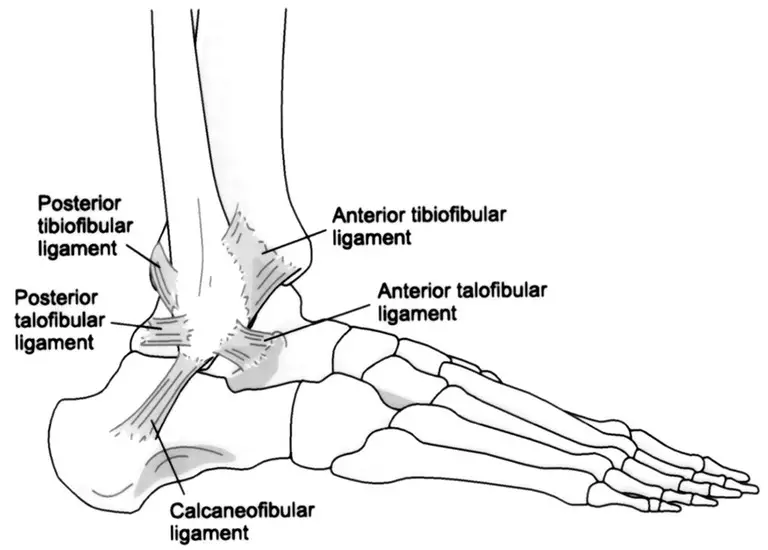
- Deltoid ligaments, often known as medial ligaments: These ligaments begin at the medial malleolus (the tibial end that generates the bulge on the inside of your ankle). The four ligaments then spread out to join the talus, calcaneus, and navicular bones. It keeps the foot from rolling outward and is less likely to be injured than the lateral ligaments.
- Lateral ligaments begin at the lateral malleolus (the fibula’s tip that produces the hump on the outside of the ankle). The anterior talofibular ligament (ATFL), calcaneofibular ligament (CFL), and posterior talofibular ligament (PTFL) are all examples of ligaments. The three ligaments then attach to the talus and calcaneus. The ATFL and CFL are the two most usually damaged ligaments.
- The syndesmotic ligaments are a group of four ligaments that connect the tibia and fibula. These ligaments provide additional stability to the joint.
Deltoid Ligament
Structure
While it is commonly referred to as a single ligament, the deltoid ligament is a triangular complex composed of four separate ligaments:
- Tibionavicular ligament: This ligament connects the tibia (shin bone) to the navicular bone (foot bone).
- Anteriortibiocalcaneal ligament: This ligament connects the tibia to the front of the calcaneus (heel bone).
- Posteriortibiocalcaneal ligament: This ligament connects the tibia to the rear of the calcaneus.
- Spring ligament: This ligament connects the medial malleolus to the talus bone (an ankle bone).
Location
The deltoid ligament runs from the medial malleolus (the bony hump on the inside) to the bones of the foot on the inside of the ankle. Consider it similar to a strong band stretched around the inside of your ankle joint.
Function
- The deltoid ligament is essential for ankle joint stability. Its main purpose is to avoid excessive eversion, or rolling the foot outward. Consider it a strong rope dragging your ankle inside, keeping the bones straight and the foot from rolling too far.
- The deltoid ligament also assists in limiting dorsiflexion(excessive ankle upward bending),
- Maintain general stability(Prevent the ankle joint from moving in unexpected ways).
Lateral Ligament
The lateral ankle ligaments are a dynamic trio that is in charge of stabilizing the outside of your ankle joint and avoiding excessive inward rolling. Let’s look at their anatomy:
Location:
Consider a triangle on the outside of your ankle, with the lateral malleolus (the bony bump on the outside) at its apex. The lateral ligaments, which extend from the malleolus to the foot bones, constitute the basis of this triangle.
Structure:
The lateral ligament consists of three ligaments:
- ATFL (anterior talofibular ligament): This is the most powerful and often damaged ligament. It connects the lateral malleolus to the talus bone (one of the ankle bones). Consider it like a heavy rope tugging your ankle inside and slightly upward.
- Calcaneofibular ligament (CFL): This ligament runs from the lateral malleolus to the heel bone (calcaneus), right below the ATFL. Consider it a diagonal strap that keeps your ankle in place and prevents excessive inward rolling.
- PTFL (posterior talofibular ligament): The smallest and weakest of the three, it connects the lateral malleolus to the talus bone and is placed behind the ATFL. Consider it a thin thread that adds support to the back of the ankle.
Function:
The lateral ligaments collaborate to:
- Prevent inversion: Inversion is the rolling inward of the foot, which is the most frequent ankle injury.
- The ligaments operate as brakes, preventing your ankle from moving outside of its typical range of motion.
- They offer general support for the ankle joint, keeping the bones straight and limiting excessive movement in abnormal directions.
The syndesmotic ligaments
The syndesmotic ligaments play an important function in ankle joint stabilization, guaranteeing stability, and limiting undesired movement.
Location:
The syndesmotic ligaments, which connect the distal tibia (shin bone) to the fibula (smaller bone accompanying the tibia), are placed deeper inside the ankle than the lateral and medial ligaments. Consider them to be strong bands that connect these two bones at their lower ends, immediately before the ankle joint.
Structure:
- The anterior inferior tibiofibular ligament (AITFL): which is positioned on the front side of the syndesmosis, is the strongest and most often damaged ligament. It goes diagonally from the tibia to the fibula, preventing the fibula from moving too forward and outward.
- The posterior inferior tibiofibular ligament(PITFL): This ligament runs in the same direction as the AITFL and provides support against backward and outward movement of the fibula.
- The Interosseous ligament: This wide, fibrous membrane covers the space between the tibia and fibula, giving extra support and preventing the bones from excessively separating.
Function:
The syndesmotic ligaments collaborate to:
- Maintain stability: They keep the tibia and fibula securely together, avoiding excessive movement during weight-bearing activities like walking and running.
- Limit abnormal motions: They prevent undesirable ankle joint rotations and separations, ensuring smooth and controlled movement within its natural range.
- Transfer forces: They aid in the distribution of forces throughout the ankle joint, preserving the bones and cartilage.
Ankle Joint Ligament Injury
Ankle sprains, or injuries to the ankle joint ligaments, are fairly frequent and can range in severity from moderate to devastating. They happen when the ligaments (tough bands of tissue that link bones) are stretched or ripped beyond their usual range of motion. This can occur for a mixture of causes, including:
- Ankle Twisting: Sprains are commonly caused by sudden ankle twisting, which can occur during athletic activities, stepping on rough surfaces, or just walking on an unstable surface.
- Landing awkwardly: Landing on the outside of your foot after leaping or stepping off an obstruction might place too much strain on the ankle ligaments, resulting in a sprain.
- Overuse: Repetitive stress on the ankle joint, such as jogging or dancing, can weaken the ligaments and make them more prone to injury.
Ankle sprains are classified into three types:
- Inversion ankle sprain: This occurs when the ankle turns inward, causing the lateral ligaments to be injured. Because the lateral ligaments are thinner than the other ankle ligaments, this is the most common kind of ankle sprain.
- Eversion ankle sprain: This happens when the ankle rolls outward and injures the medial (deltoid) ligaments. Although this form of ankle sprain is uncommon, it can develop while running or leaping, particularly on uneven ground.
- High ankle sprain: This injury involves the syndesmotic ligaments. It usually happens in competitive athletes after a hard hit to the ankle or an intensive twisting action. It’s especially frequent among persons who play American football, basketball, hockey, soccer, or winter snowboarding.
Types of the Ankle Joint Ligament Injury (Ankle Sprain)
The severity of an ankle sprain is determined by the extent of ligament damage. Here are the three primary types of sprains:
- Grade 1 sprains include only little straining or rupture of the ligament fibers. Pain, soreness, and slight swelling are among the symptoms.
- Grade 2: This is a significant sprain with partial rupture of the ligament fibers. Symptoms include soreness, tenderness, mild swelling, and bruising. The ankle joint may also be unstable.
- Grade 3 sprains are the most serious, including a total ligament tear. Severe pain, edema, bruising, and significant ankle joint instability are all symptoms.
Symptoms of the Ankle Joint Ligament Injury (Ankle Sprain)
Symptoms of the ankle joint ligament injury include:
- Bruising.
- A loose sensation in the ankle.
- Ankle pain on the sides or front.
- A popping or cracking noise.
- Swelling of the ankle joint.
- Having difficulty bearing weight on the ankle or foot.
- The ankle joint is weakened.
Diagnosis of the Ankle Joint Ligament Injury
If you suspect you have a sprained ankle, a medical professional may Inquire about your symptoms and when they began.
- Perform a physical assessment of the affected ankle, examining how it moves and comparing it to the other ankle.
- X-rays should be taken to rule out any fractured bones or other issues.
- If your discomfort does not improve, your doctor may prescribe more imaging tests, such as an MRI, for taking images of your ankle ligaments.
Treatment of the Ankle Joint Ligament Injury
Ankle ligament injuries are treated as follows: For most ankle sprains, the RICE technique is the first line of treatment:
- Rest: Avoid doing anything that puts strain on the ankle joint.
- Ice: Several times a day, apply ice packs to the affected area for 15-20 minutes at a time.
- Compression: To assist in minimizing swelling, wear a compression bandage or supportive boot.
- Elevation: To assist in minimizing swelling, keep your foot raised over your heart.
- Over-the-counter pain medications: may also be beneficial in the treatment of pain and Inflammation
In more severe situations, your doctor may advise you to try the following treatments:
- Immobilization: A splint or cast may be required to immobilize the ankle joint while it heals. Physical therapy: Exercises to rebuild ankle and surrounding muscle strength and flexibility are critical for long-term healing.
- Surgery: Surgery may be required in rare circumstances for repairing a severely injured ligament.
Recovery:
The time it takes to heal from an ankle sprain depends on the degree of the injury. Grade 1 sprains usually recover in a few days to a week, however, grade 2 and 3 sprains might take weeks or even months to heal entirely. It is critical to carefully follow your doctor’s advice and avoid activities that might re-injure the ankle throughout the healing phase.
Prevention
Not all ankle injuries are avoidable. However, you may take precautions to protect your ankle ligaments, particularly during exercise:
- Avoid uneven surfaces since they might lead you to roll or twist your ankle.
- Improve your balance and flexibility. This helps to educate your body to react to mistakes or falls without placing strain on your ankles.
- Stretch often to improve flexibility, and practice standing on one foot to improve balance.
- Exercises that strengthen your ankles include standing heel lifts, squats, squat leaps, and lunges.
- Strengthen your core to assist your body in reacting and changing direction safely when necessary.
- Maintain a healthy weight to reduce the strain on your ankles.
- Mix up your workout program by including both weight training and aerobic workouts (cardio). Warm up before exercising, gradually increase the intensity, and stretch afterward.
- Wear comfortable shoes.
FAQs
Which ligament is connected to the ankle joint?
Three distinct ligaments—the calcaneofibular ligament, and the anterior and posterior talofibular ligaments—provide lateral ankle stabilization. By fastening the lateral malleolus to the bones beneath the ankle joint, the lateral ligaments support and control the ankle’s motion.
Which ligament sustains injuries most frequently?
One of the most often injured ligaments is the anterior cruciate ligament (ACL). When there is a sudden twisting motion, the ACL is frequently stretched and/or torn
What is the course of treatment for ligament damage?
Tendon and ligament injuries can be treated by medical professionals. Less severe ones could heal on their own given time to recover. To aid with their recovery, many people additionally require braces and medication. To repair a torn or ruptured tendon or ligament, some people require surgery.
Which ankle ligament is the strongest?
The deltoid ligament, which prevents excessive eversion at the subtalar joint, is thought to be the strongest of the ankle ligaments. It works best during plantar flexion. Additionally resistant to talar external rotation is the deltoid, especially in its anterior regions.
Does cold help in ligament healing?
There are several grades for sprains in the ligament, and for milder cases, cold therapy may relieve pain and swelling quickly. However, if the ligament tears entirely, basic cold therapy may not be helpful and surgery may be required.
References
- Ankle joint. (n.d.-b). Physiopedia. https://www.physio-pedia.com/Ankle_Joint
- Professional, C. C. M. (n.d.-a). Ankle ligament. Cleveland Clinic. https://my.clevelandclinic.org/health/body/21609-ankle-ligament
- Blomberg, J., MD. (n.d.). Ankle ligaments – foot & ankle – orthobullets. https://www.orthobullets.com/foot-and-ankle/7005/ankle-ligaments
- Inverarity, L., DO. (2021, December 24). Ligaments of the ankle joint. Verywell Health. https://www.verywellhealth.com/ligaments-of-the-ankle-joint-2696386

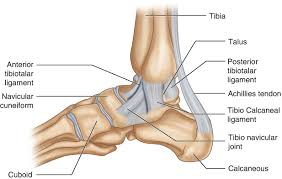
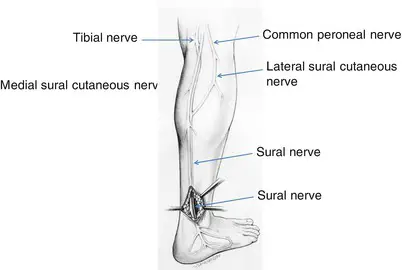

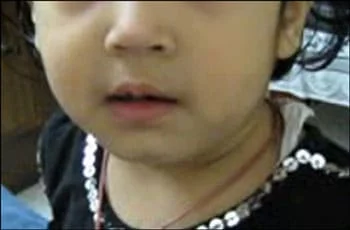
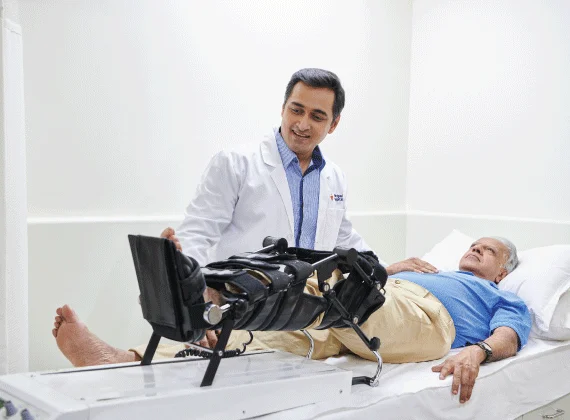
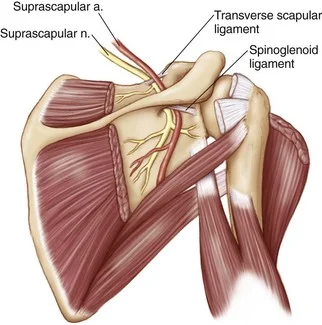
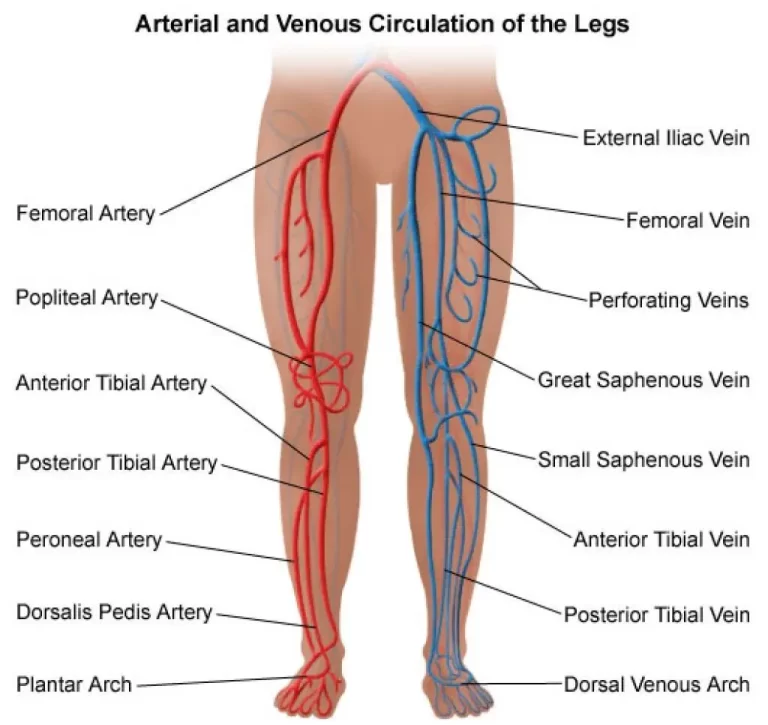
One Comment